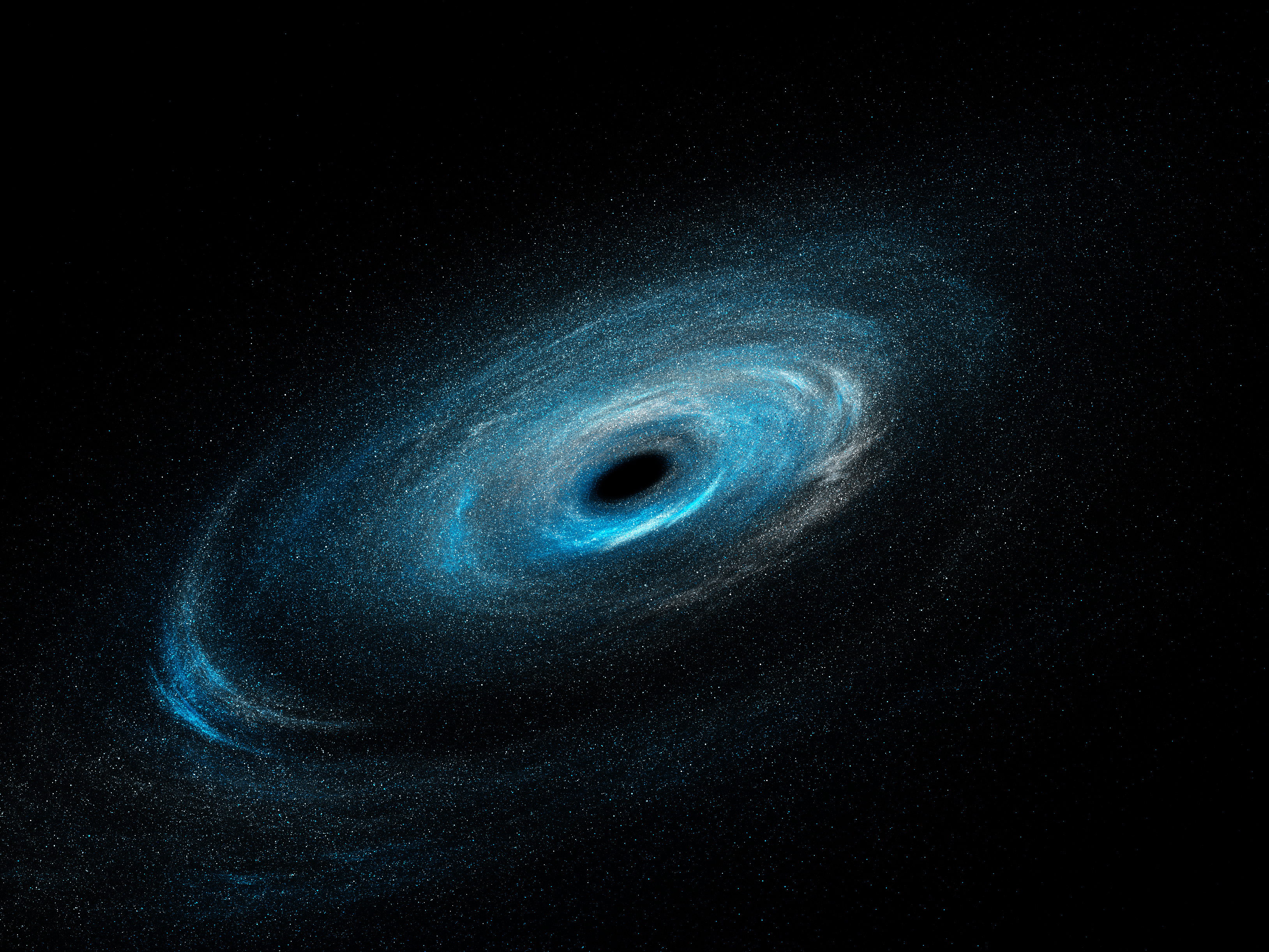
Even the Milky Way has a supermassive black hole at its core, known as Sgr A*. They exist at the heart of most large galaxies.

These can be anywhere from between 100,000 and 50 billion times the mass of the Sun. These titans could be formed by the merger of their smaller cousins. They have been proposed as the seeds of supermassive black holes. Ranging from 100 to 100,000 solar masses, only a handful of these black holes have been discovered. It is located about 3,000 lightyears away, and is between 9-13 times the mass of the Sun. Formed from the core-collapse of massive stars at the end of their lives, the closest known one is V616 Monocerotis. These black holes, between about 4 and 100 solar masses, are thought to be the most abundant of the four classes. Some experts claimed miniature black holes might appear in the collisions created by the Large Hadron Collider, but none has been detected so far. They were first proposed by Stephen Hawking in 1971, who suggested they may have formed in the early Universe. Still hypothetical, these black holes have a mass smaller than the Sun. In the 1990s, we saw stars being flung around the centre of our galaxy in a way that suggests they’re orbiting a four million solar mass monster – only a supermassive black hole fitted the bill.įinally, concrete evidence came first in 2015 when the Laser Interferometer Gravitational Wave Observatory (LIGO) detected gravitational waves from black hole collisions.Īs with many other celestial bodies, black holes can be split into classes: Miniature black holes The phrase ‘black hole’ itself wouldn’t appear for another three decades: it was coined by John Wheeler in 1967.Ĭircumstantial evidence for their existence arrived in the 1970s when astronomers saw intense X-ray radiation coming from the region around a compact object. The first modern incarnation of a black hole appeared in a 1939 paper by Robert Oppenheimer, the famed leader of the Manhattan Project.Ĭalled On Continued Gravitational Contraction, Oppenheimer speculated that if the core of a collapsing star has sufficient mass it would become what we now call a black hole. As far back as the 18th century, Englishman John Michell wondered whether you could add enough mass to the Sun so that light wouldn’t be able to leave its gravitational clutches. The idea of a black hole is older than many people realise.

Oppenheimer pictured with Albert Einstein Photo by CORBIS/Corbis via Getty Images


 0 kommentar(er)
0 kommentar(er)
